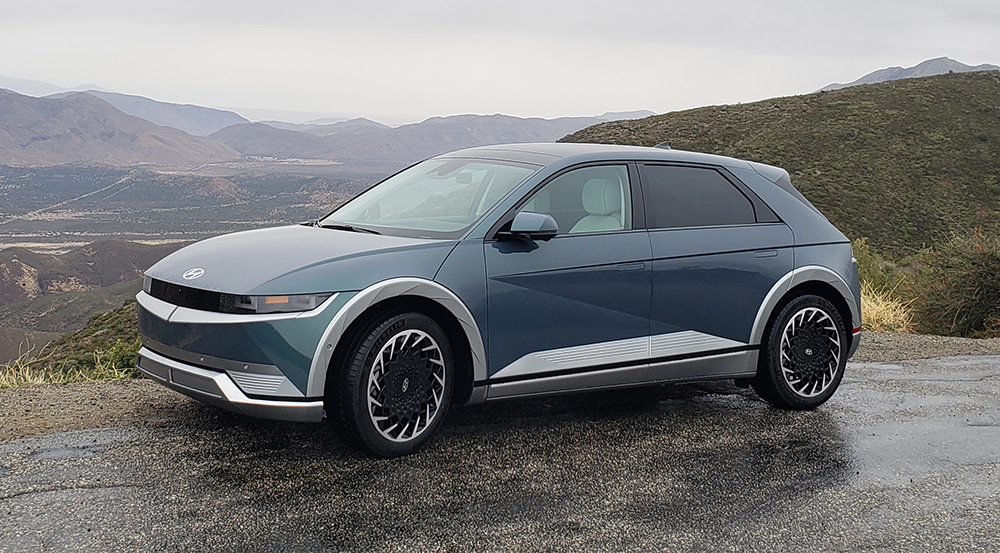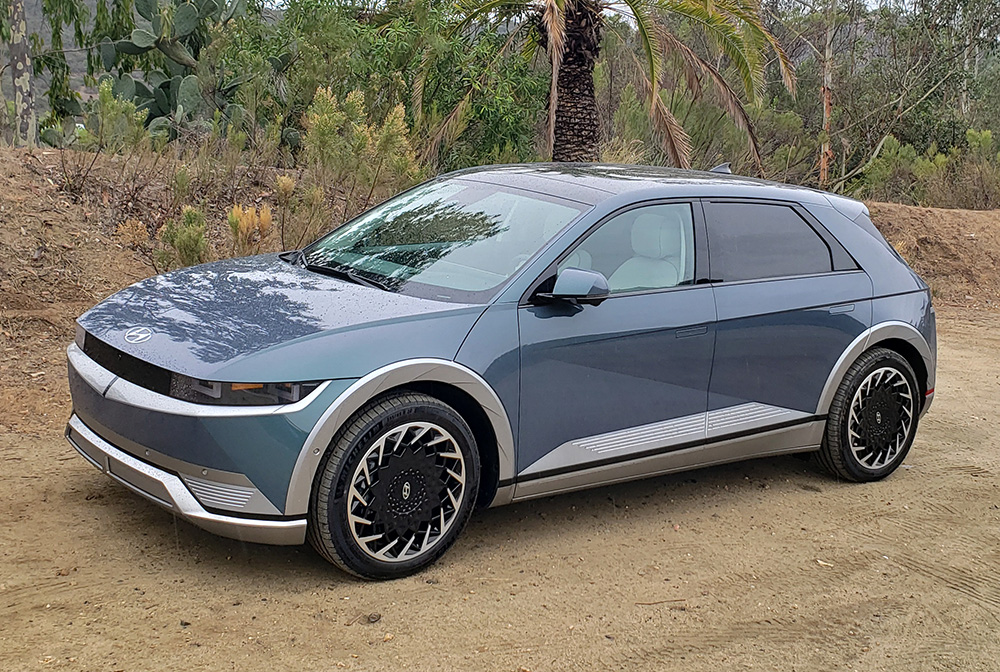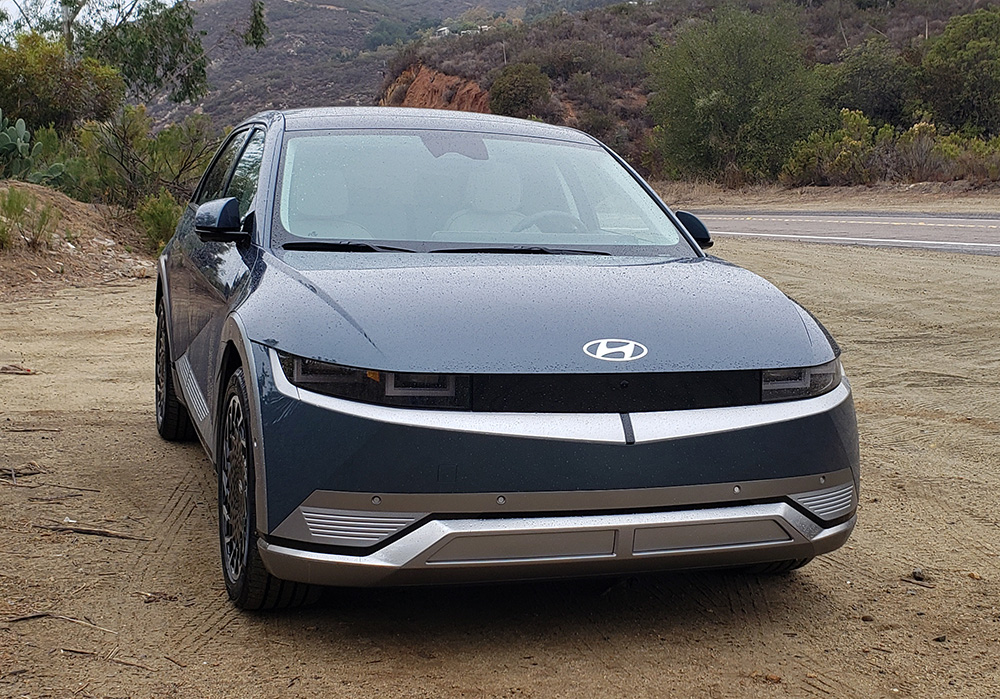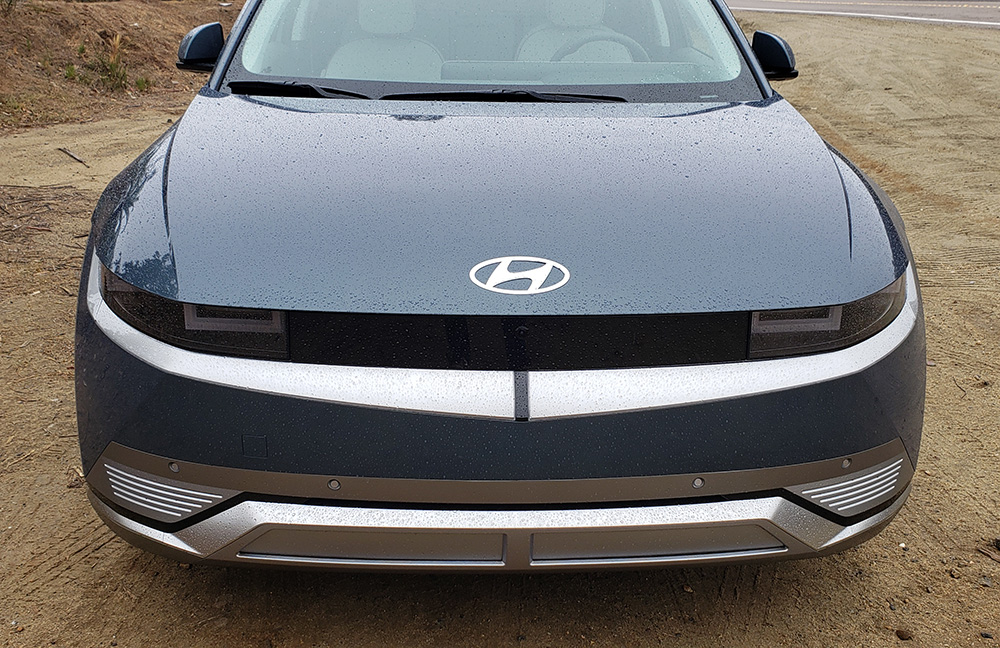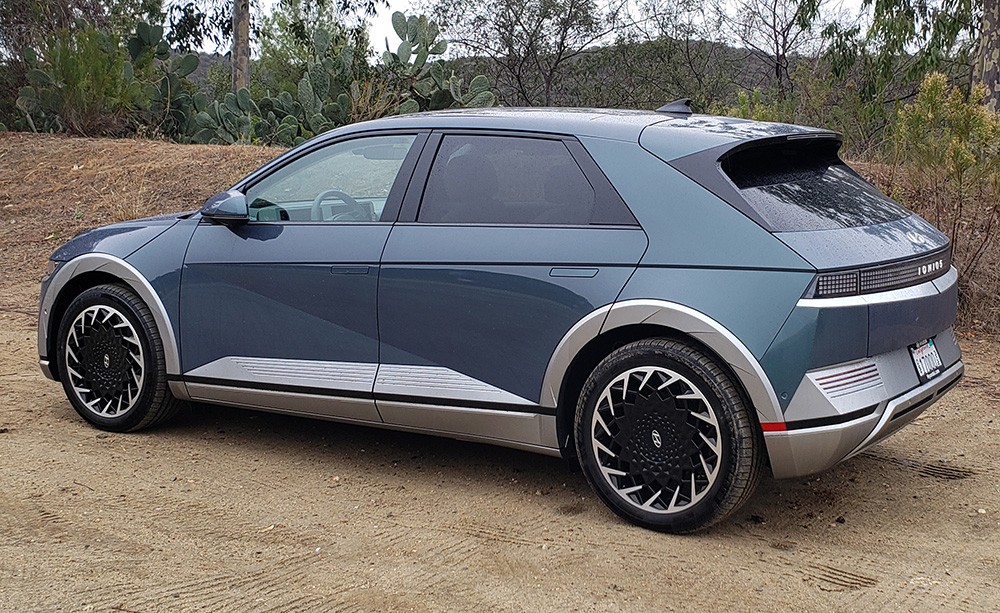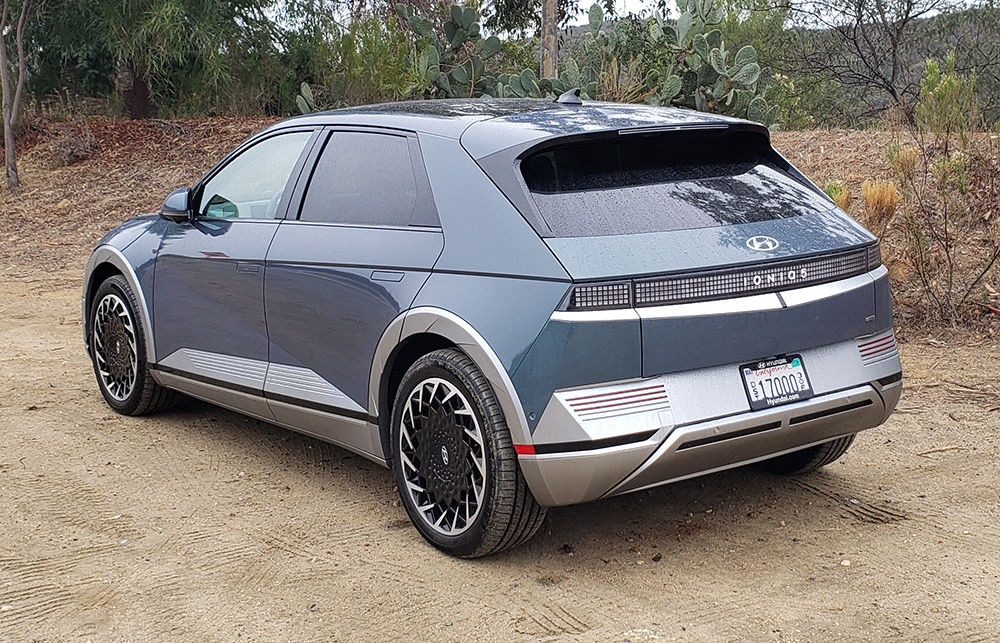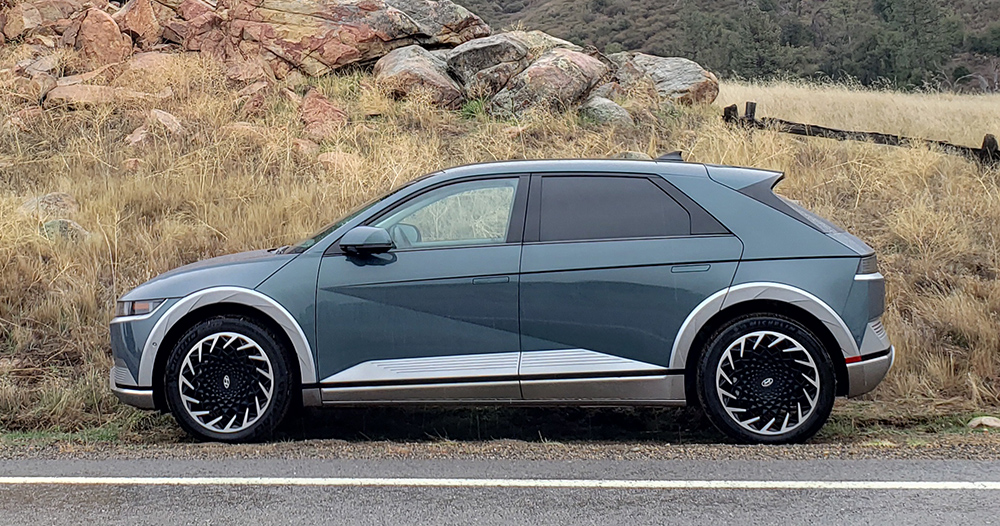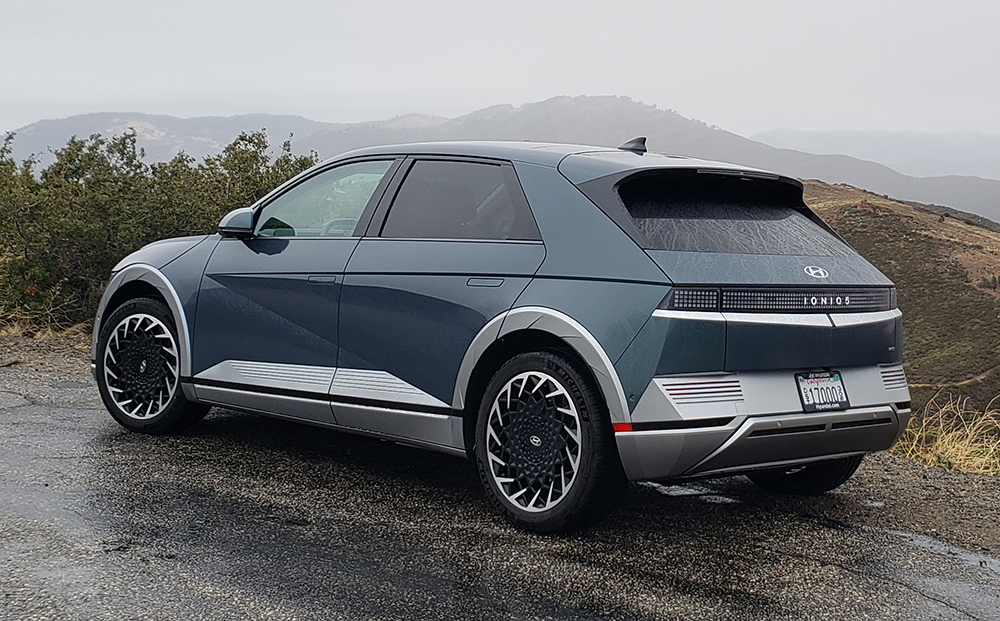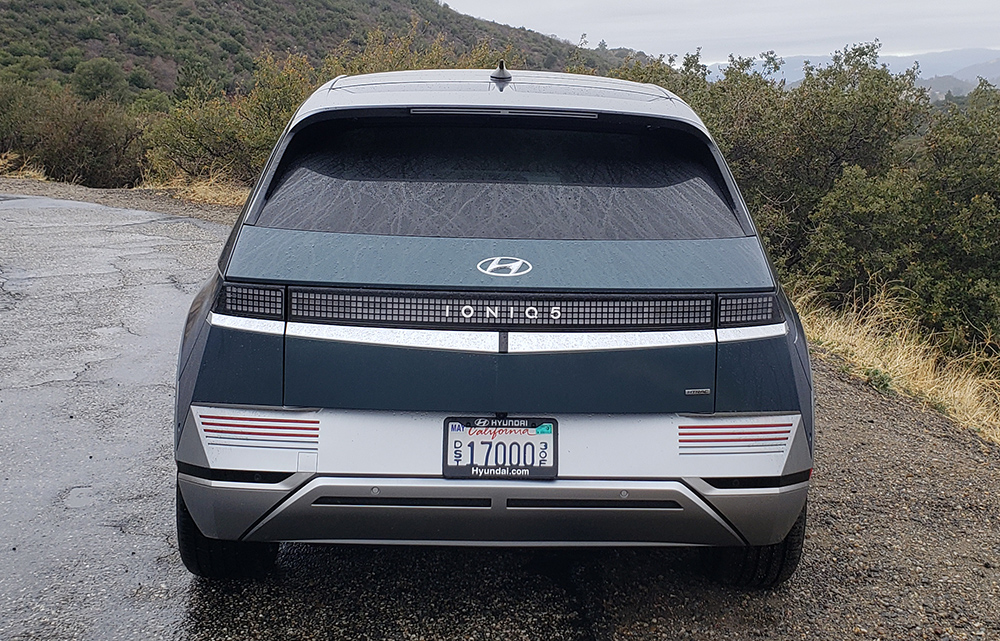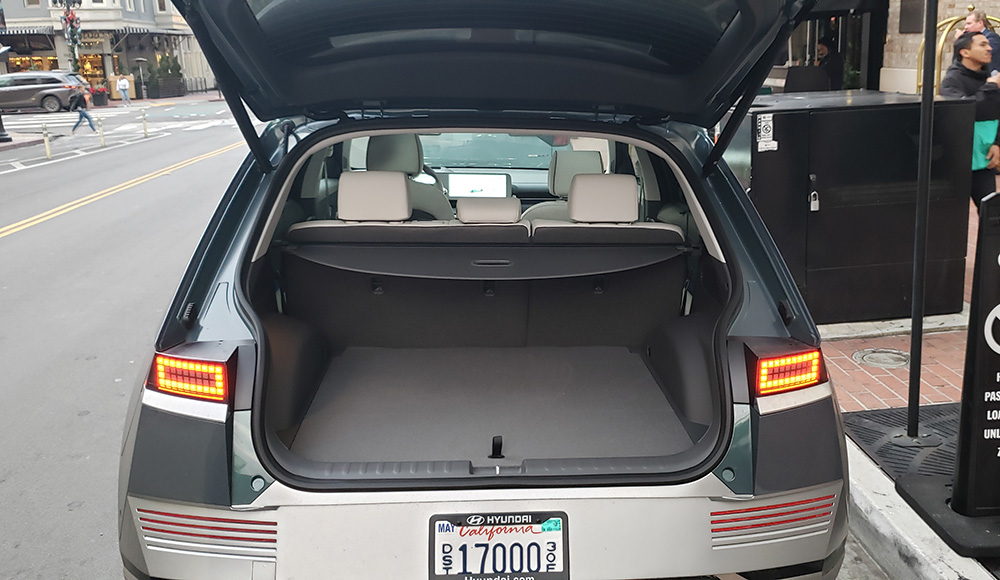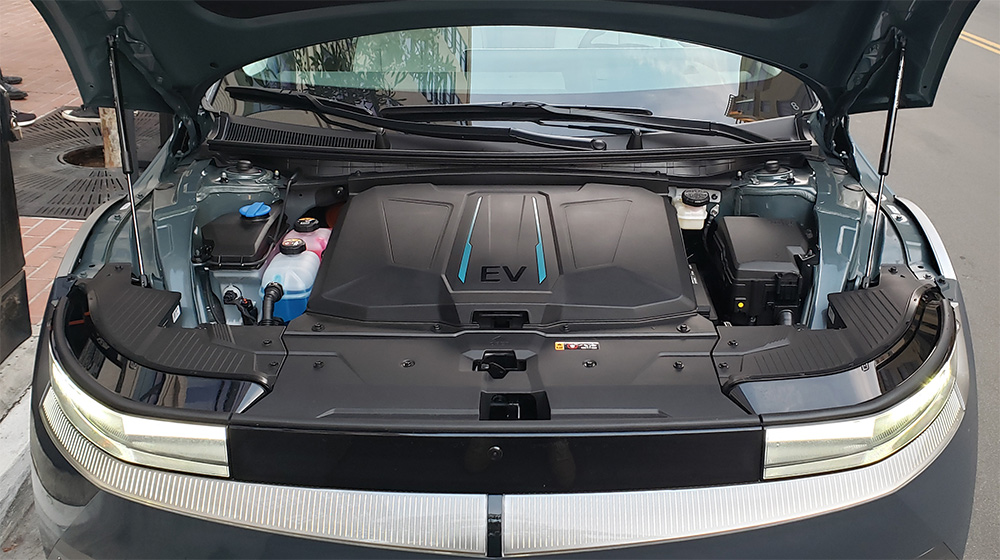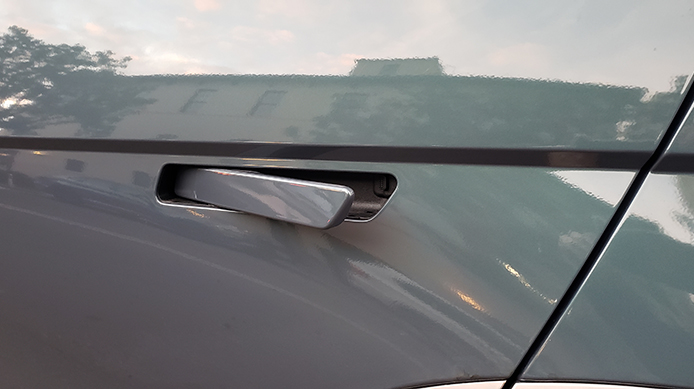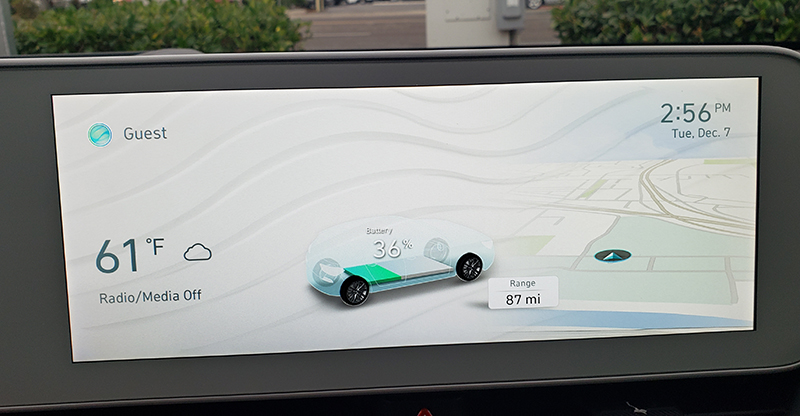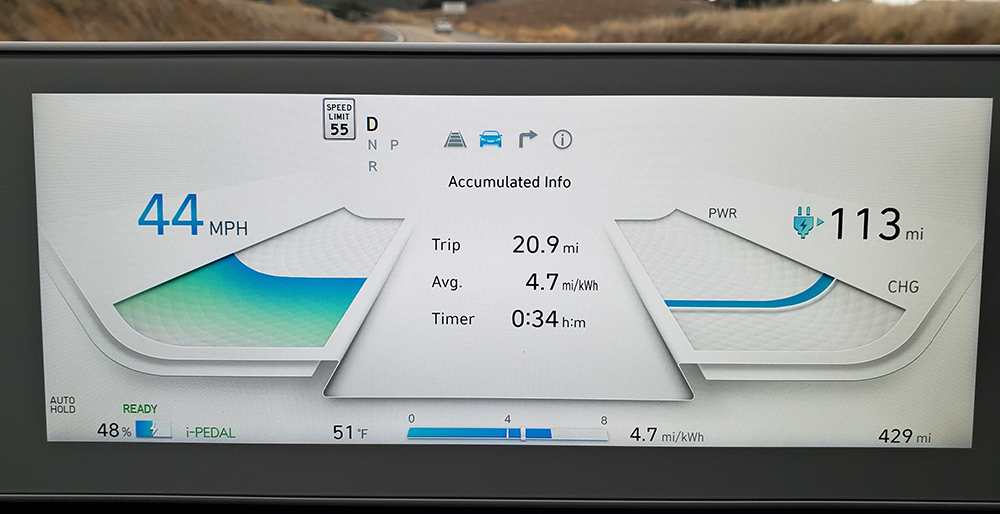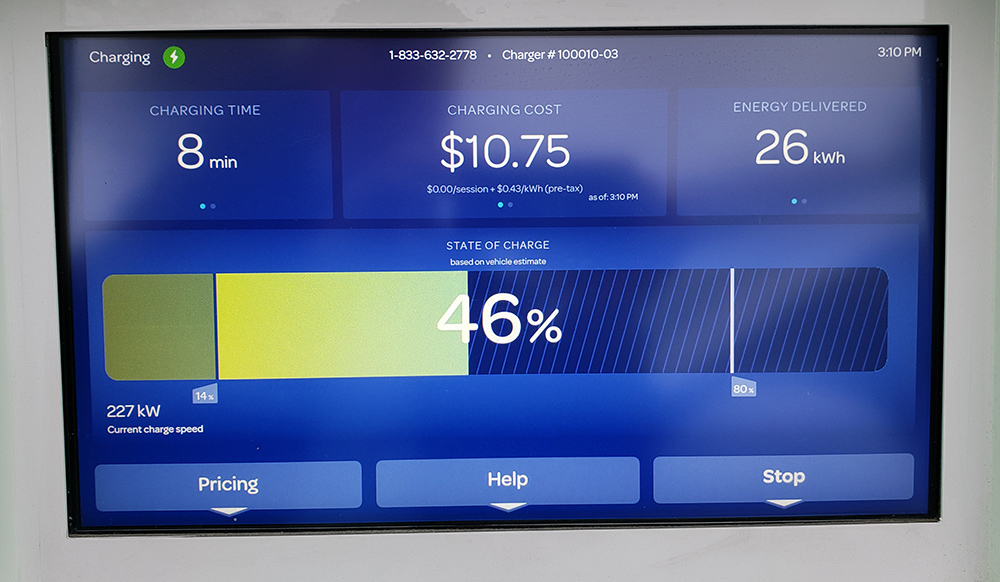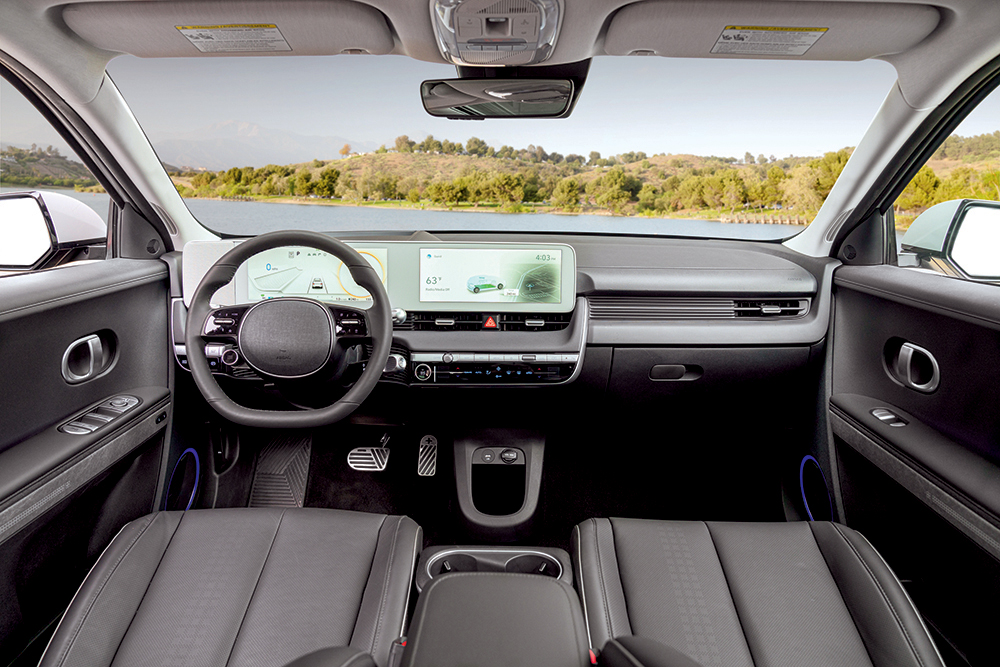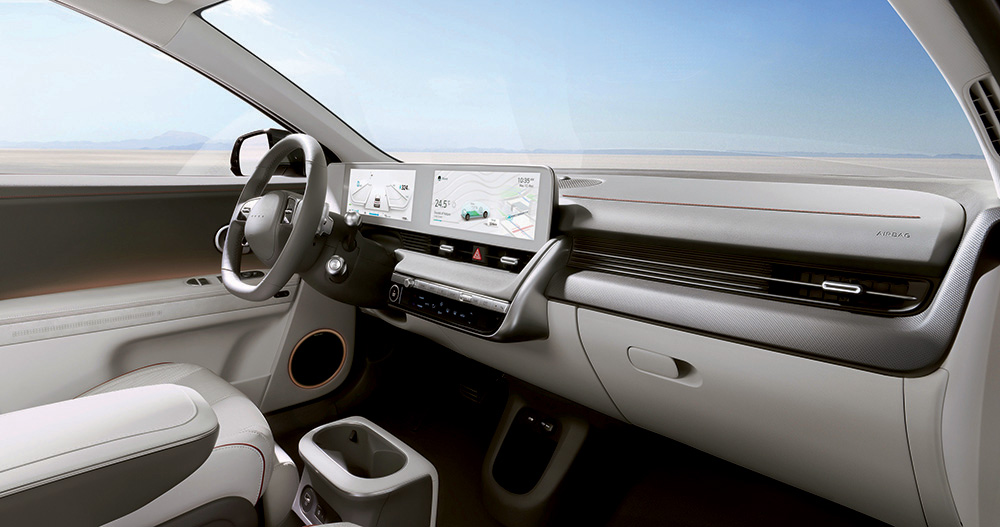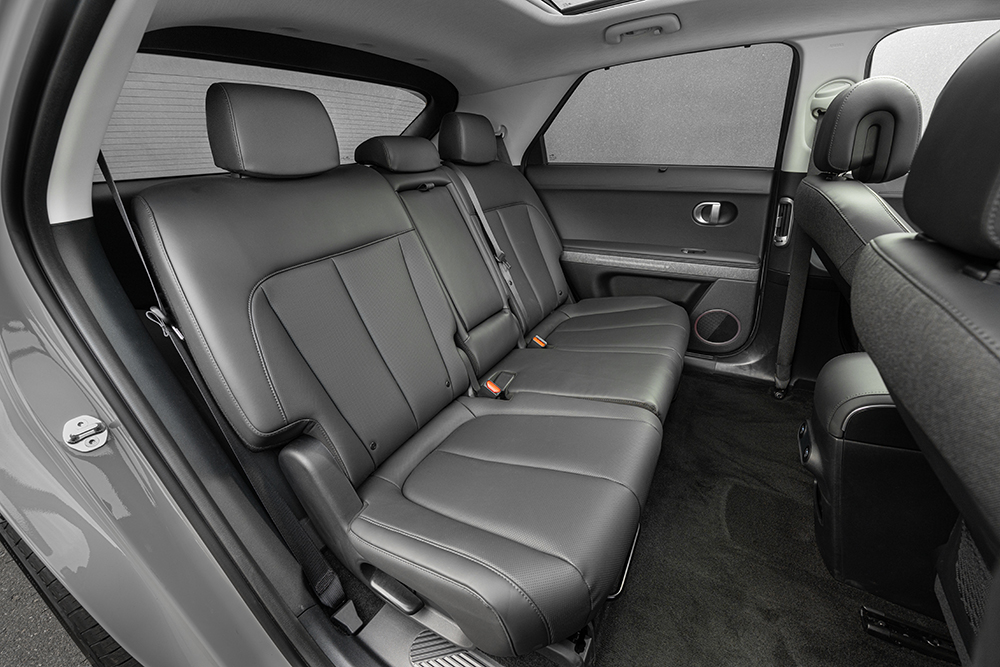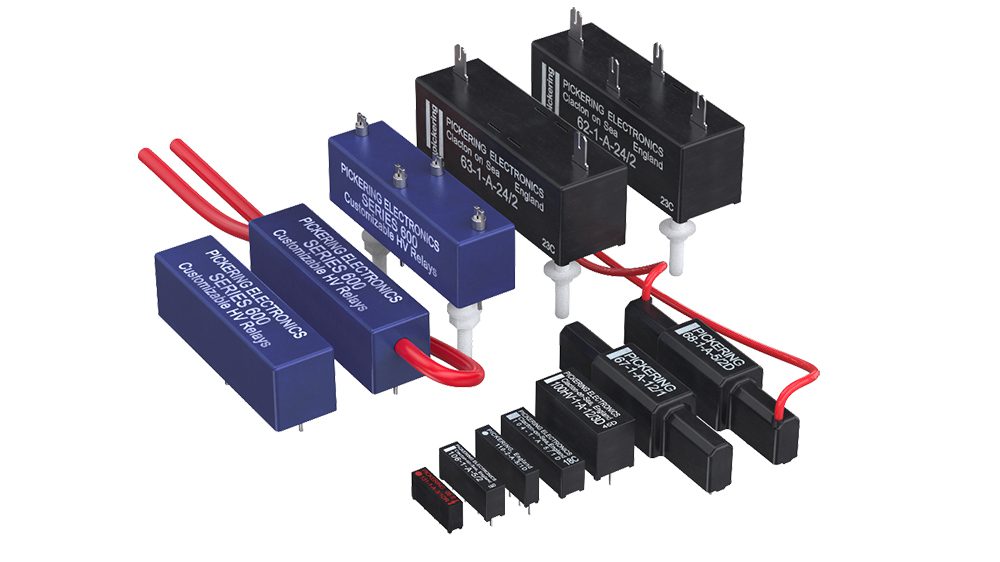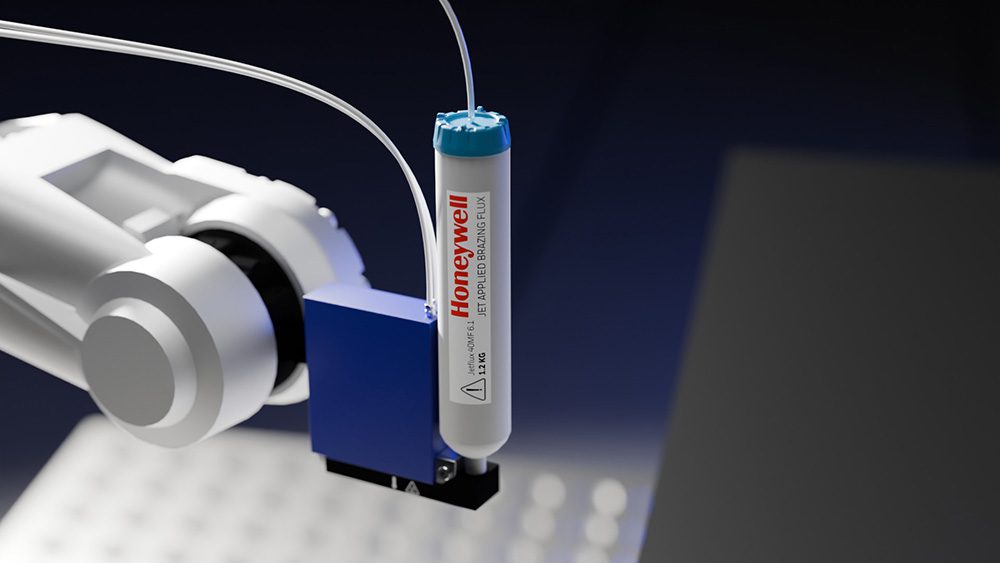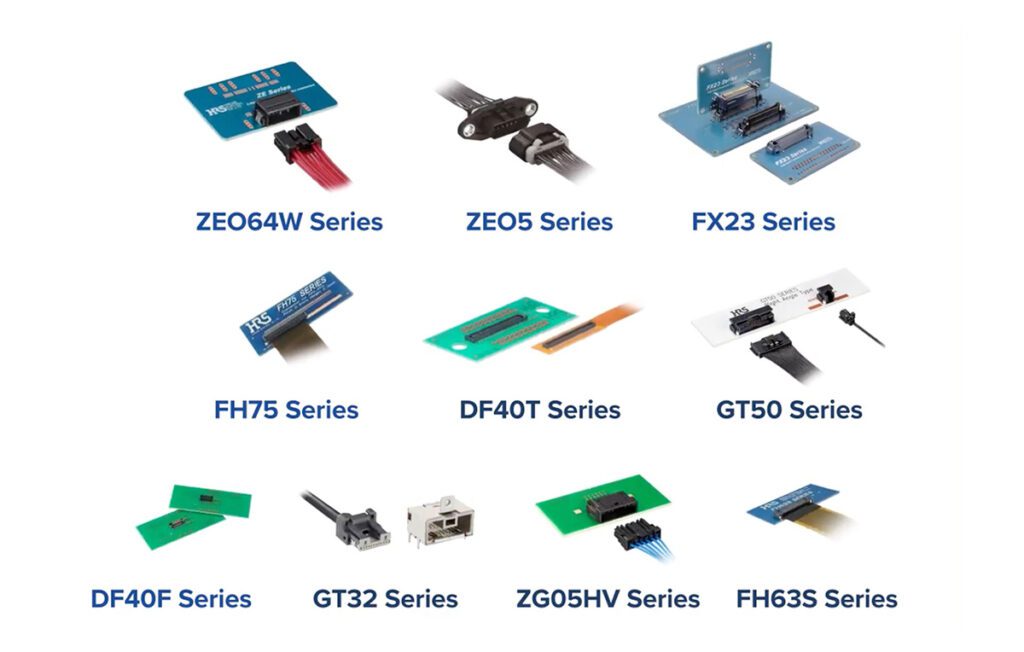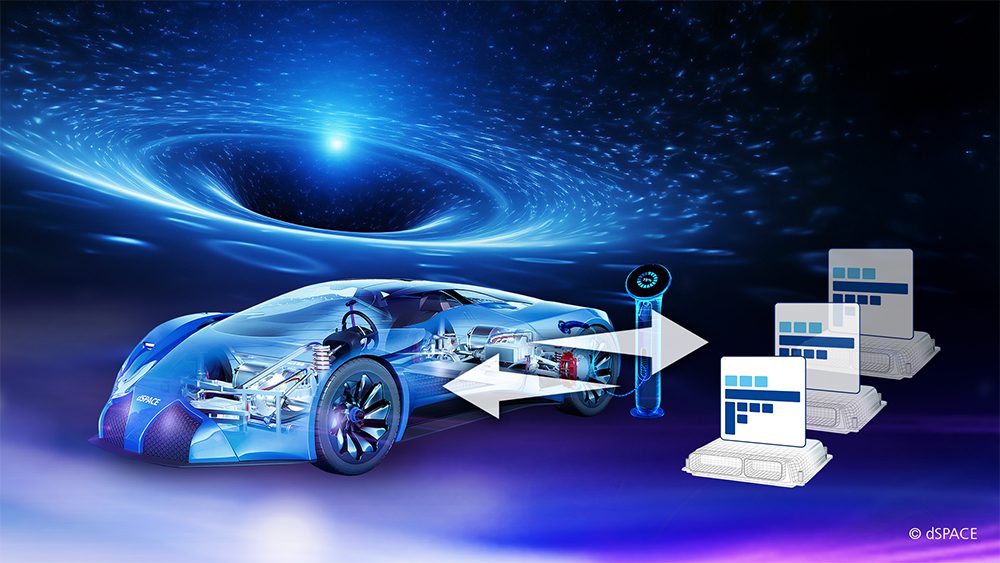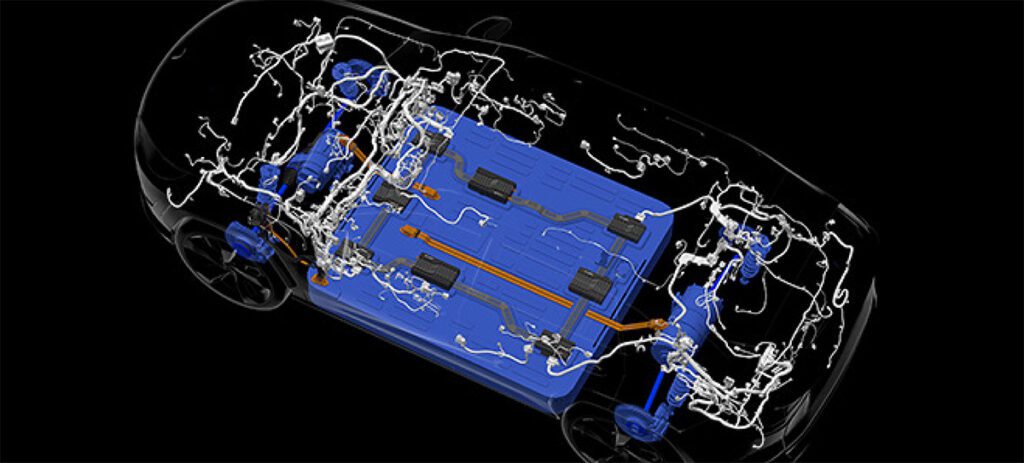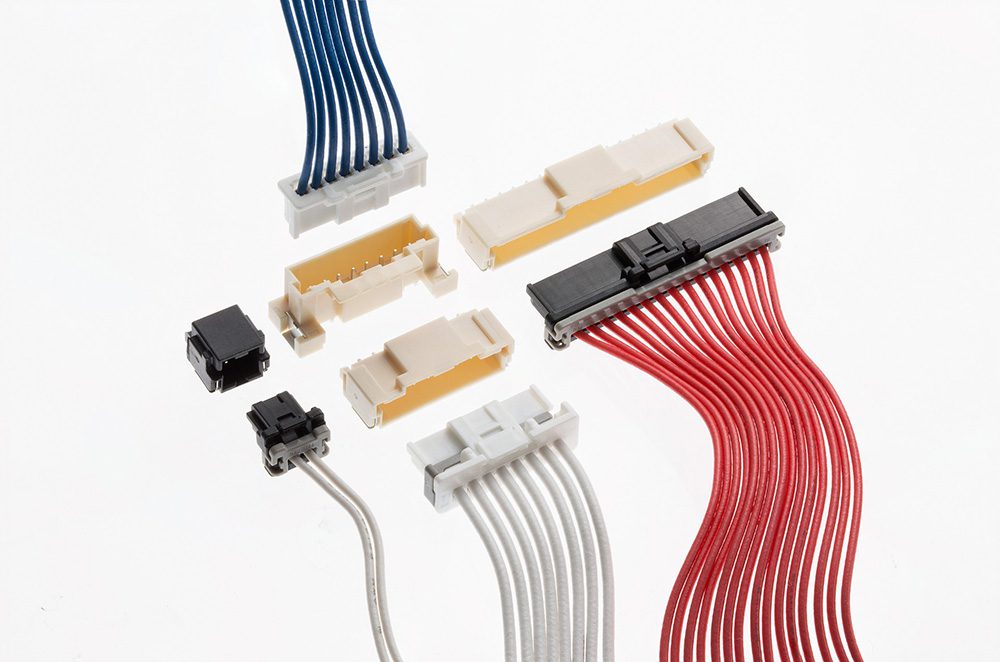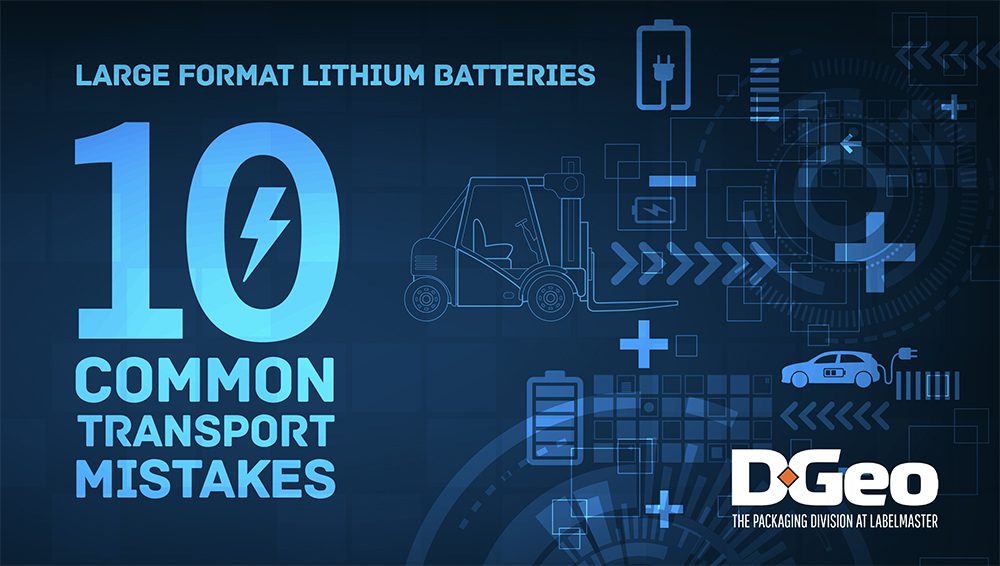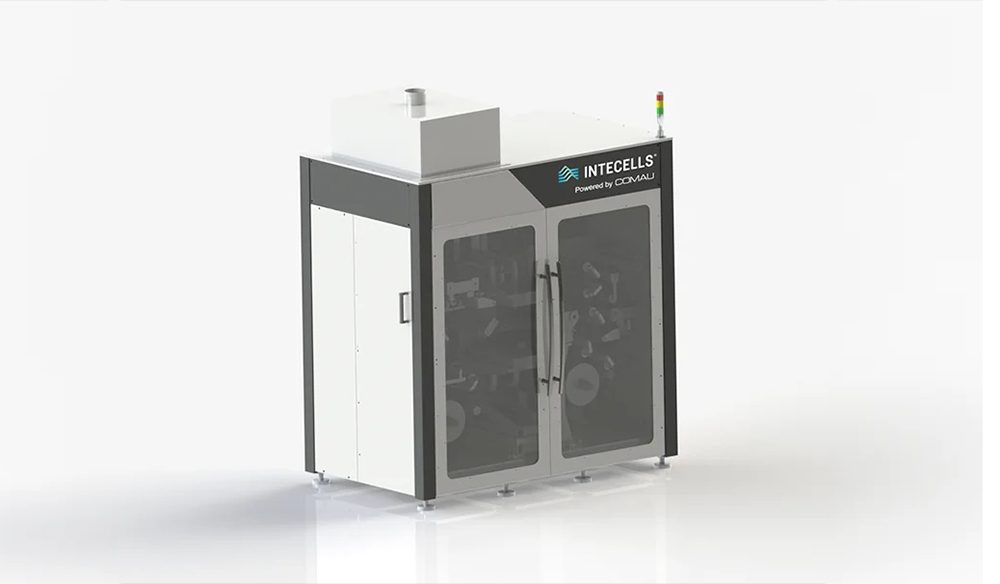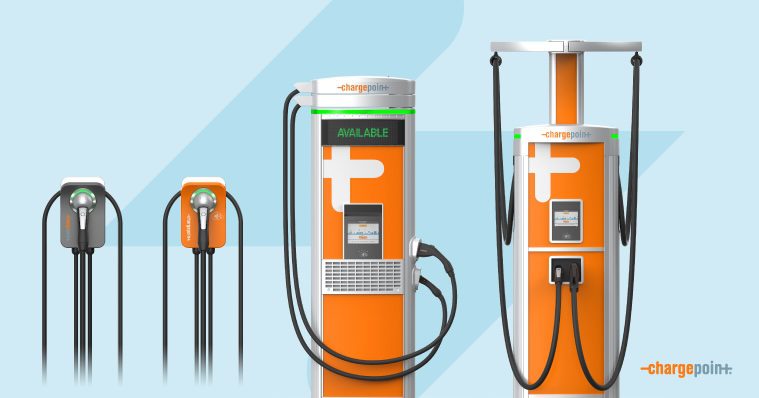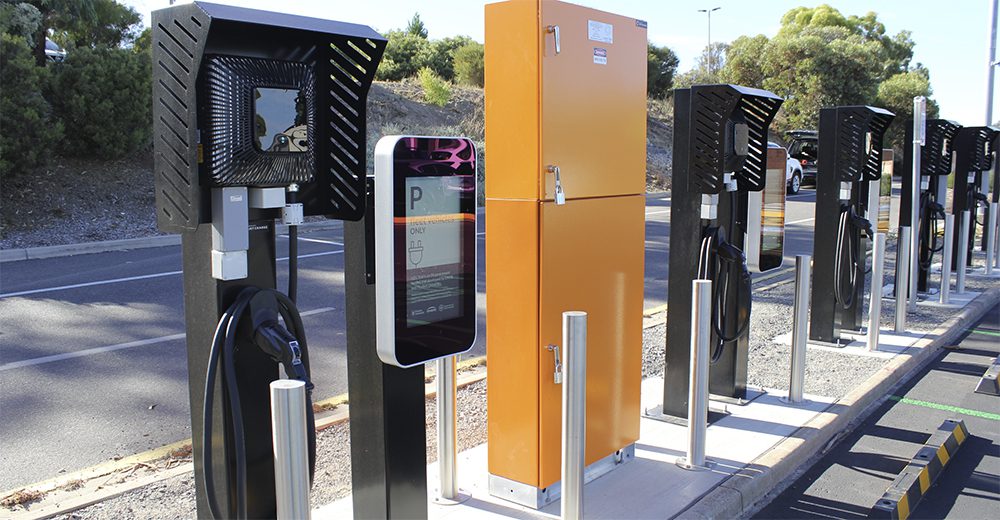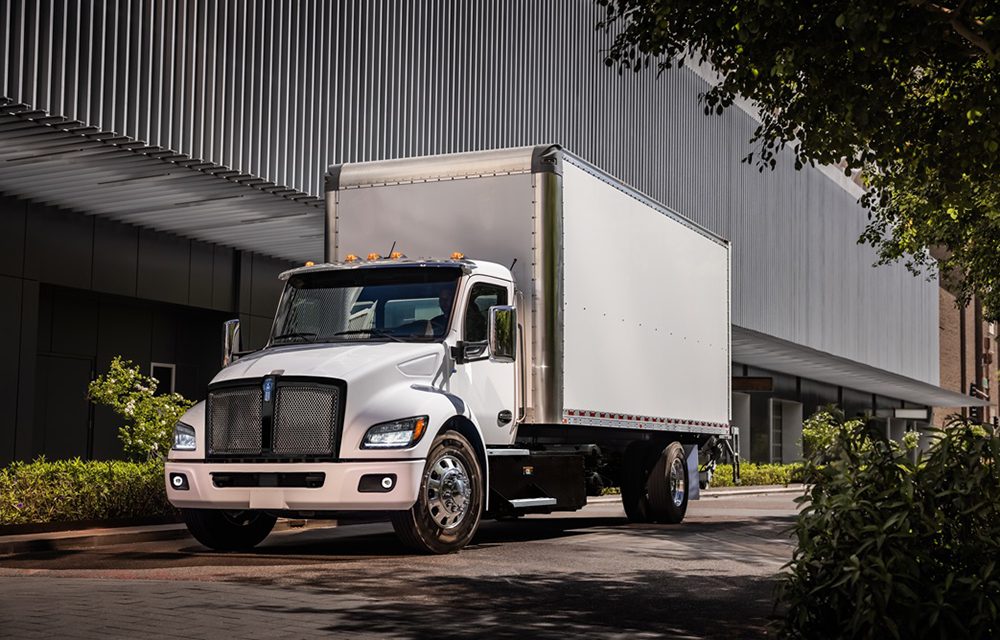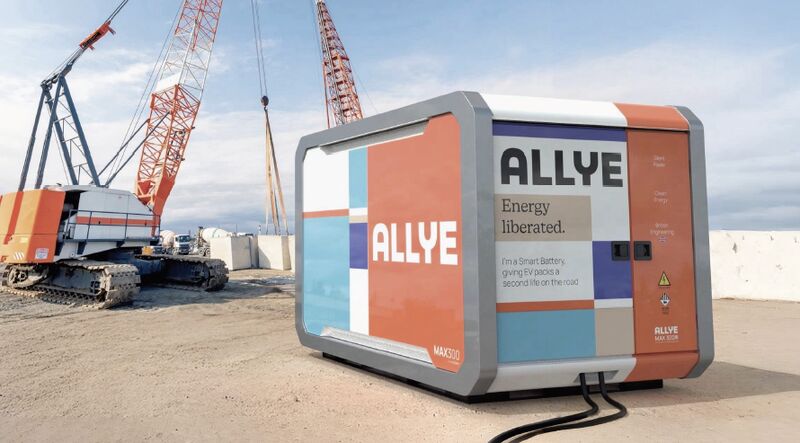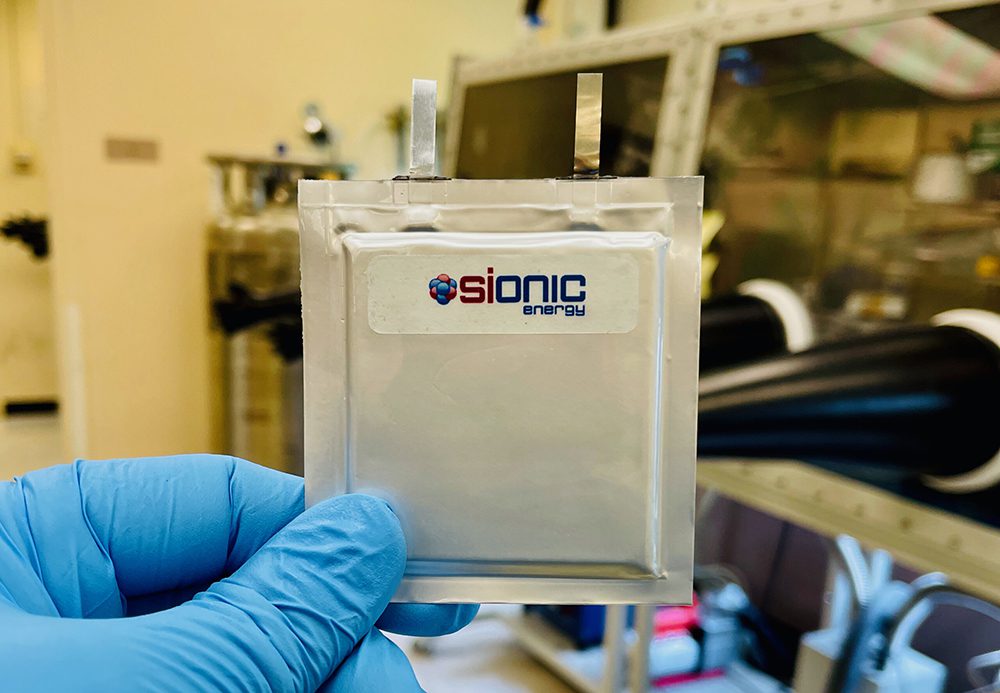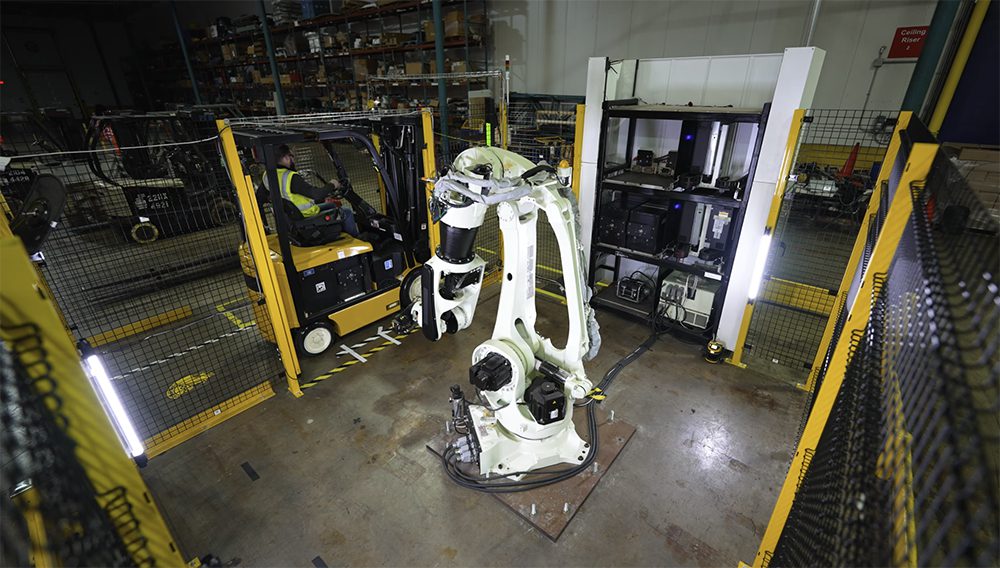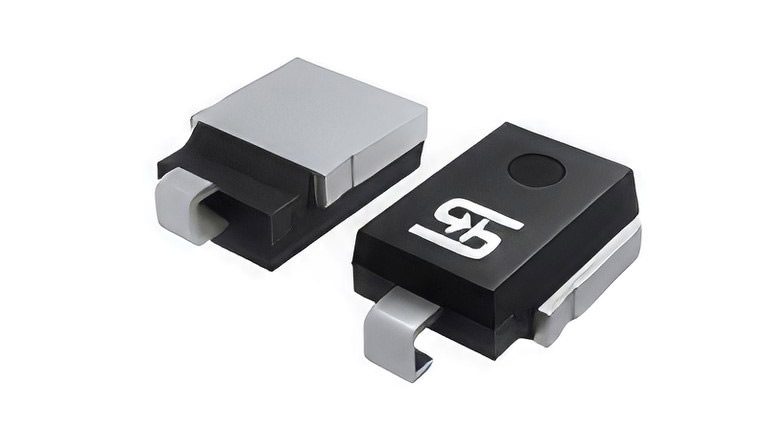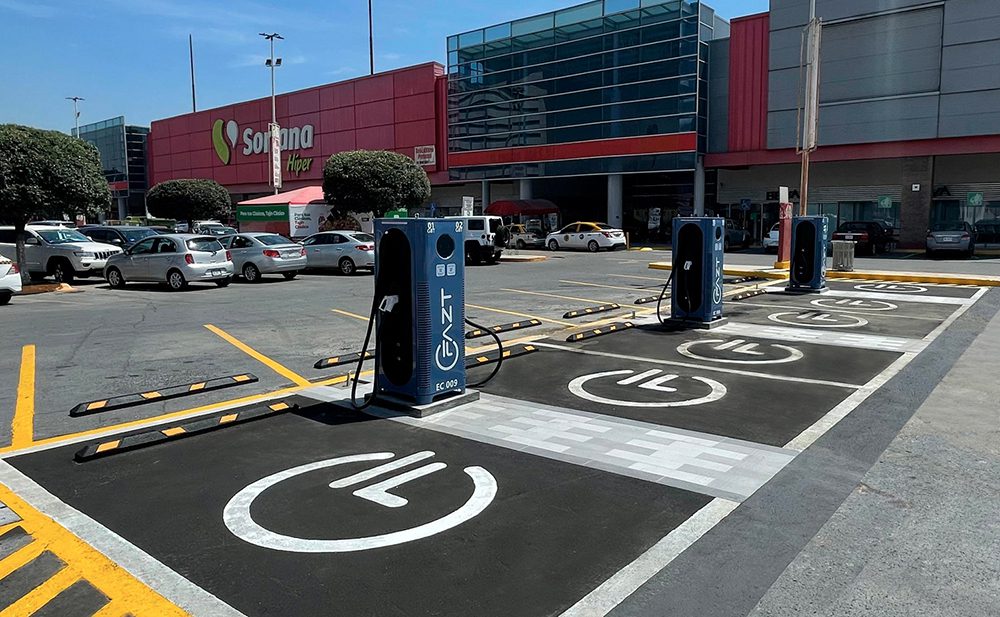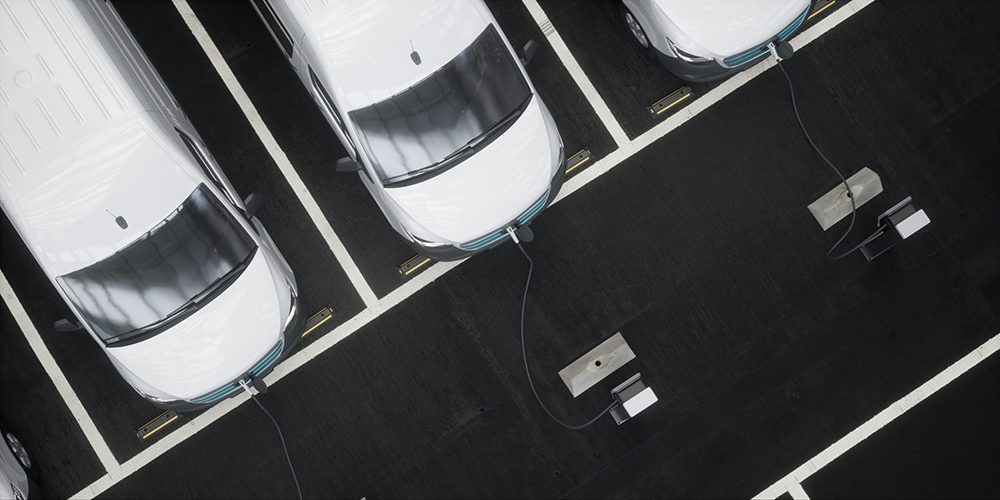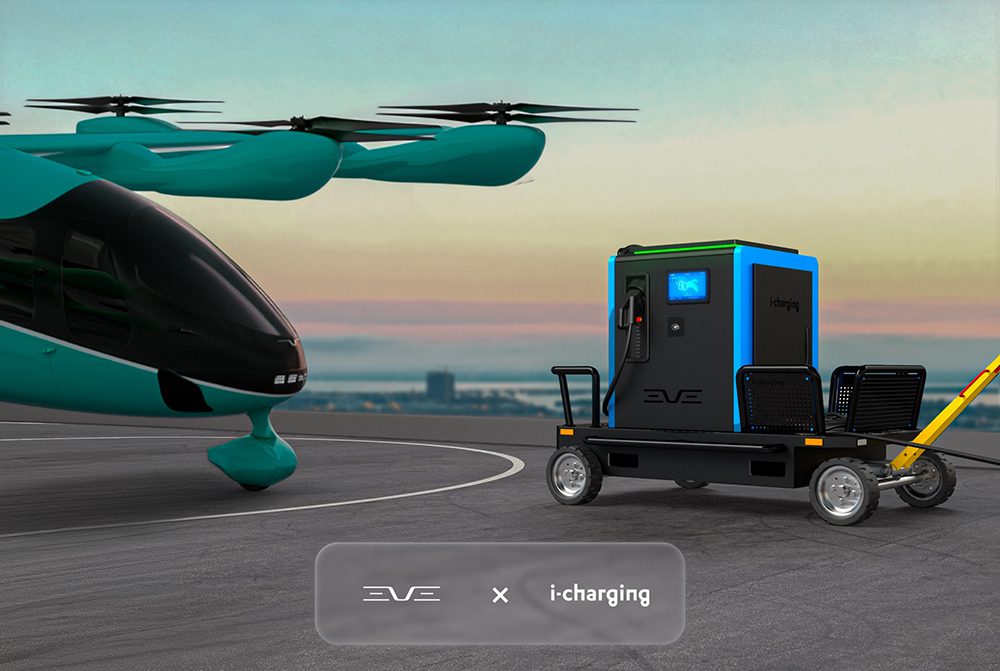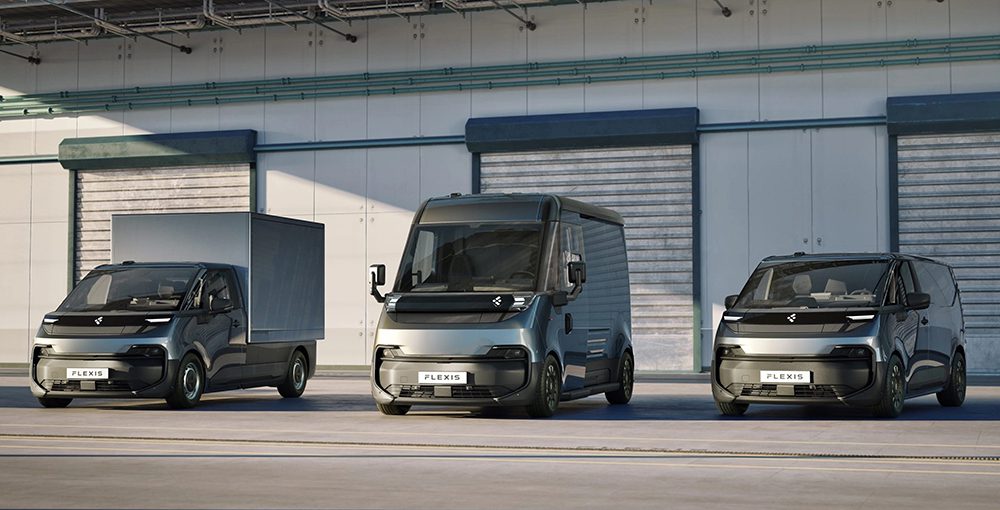Hyundai’s new compact EV crossover is good enough to sell every unit the company imports—the question may be how high that number will be.
The 2022 Hyundai Ioniq 5 is the Korean brand’s first dedicated electric vehicle, positioned at the heart of the fastest-growing part of the market: compact crossover utilities. The premium electric SUV ticks all the boxes: one version is EPA-rated at more than 300 miles of range, all-wheel drive is available, and Hyundai has fitted the car with its latest safety and driving-assist technologies.
“Dedicated” means no Ioniq 5 models are offered with any kind of gasoline power, and use the company’s dedicated electric underpinnings. Called E-GMP, that platform will ultimately spawn two dozen or more vehicles globally among the Hyundai, Kia, and Genesis brands. Significantly, it’s based on an 800-volt architecture, offering faster charging than most competitors.
We think the Ioniq 5 will do very well against current and future electric crossovers, including the Ford Mustang Mach-E, Kia EV6, Nissan Ariya, Subaru Solterra, Tesla Model Y, Toyota bZ4X, Volkswagen ID.4—and more to come.
Unlike competitors such as the Mach-E, the ID.4, and the Model Y, the Ioniq 5 won’t initially be available throughout the US. Instead, Hyundai will launch the car in the dozen ZEV states that have adopted California’s requirement for sales of zero-emission vehicles, plus a handful of high-volume markets: Arizona, Florida, Illinois, Pennsylvania, Texas, Virginia and Washington.
The biggest question for the Ioniq 5’s first year may be whether the company will supply enough units to meet demand in leading markets like California. Hyundai can likely make more on the car and avoid regulatory penalties in Europe and other markets.
Photos by John Voelcker
From $40K to $55K before incentives
Hyundai brought journalists to San Diego to spend a day with early production versions of the car. All the test vehicles were dual-motor Ioniq 5 AWD models with the top-spec Limited trim. The list price of that version starts at a substantial $55,725, including a mandatory freight charge of $1,225.
The base version is the Ioniq 5 SE Standard Range, which is rated at 220 miles. It’s the only model to use a 58-kilowatt-hour battery, which powers a lower-output 124 kW (168 hp) motor driving the rear wheels. That version starts at $40,925 including freight. All versions qualify for the $7,500 federal income-tax credit and various state and local incentives.
The looks are pretty much the first thing anyone—journalists and onlookers alike—notices about the Ioniq 5. The clean, sharp-edged shape, with a striking exterior two-tone treatment and narrow LED lights front and rear, drew stares, questions, and photo requests from pedestrians.
Inside, the Ioniq 5 is open, airy, and simple, with buttons and knobs along with the central touchscreen controls. Sadly, the user interface borders on overly complex. For instance, heated seats—an EV necessity—are usually indicated by a seat shape with squiggly lines, on a button or a screen icon. But not in the Ioniq 5: Drivers must find a button marked “Warmer” on the dash, then tap a slider on the touchscreen to get the desired heat. It’s a little thing, but it’s one of a few digital controls that could use further thought.
The cabin floor is flat and the seating position, while lower than a gasoline SUV’s, is higher than that of a sedan or hatchback. Front- and rear-seat legroom is substantial, and four passengers can travel in relative comfort. The interior is offered in all-black, a two-tone grey (our preference), and a two-tone green. Six exterior colors include white, black, two greys, Digital Teal, and our favorite, Lucid Blue.
Quiet competence on the road
In some ways, driving the new Hyundai EV is similar to driving other EVs of its size. The differences only emerge as road miles accumulate. In Normal mode, acceleration is almost jumpy, delivering a lot of power with just a little pressure—a trait also found in Hyundai’s gasoline models. But its feel is easily learnable, and we adapted quickly.
The Long Range model’s 77.4 kWh battery pack powers two motors in the AWD version, EPA-rated at 256 miles: 121 kilowatts (165 horsepower) in the rear, 54 kW (74 hp) in the front, for a total of 235 kW (320 hp) and 446 pound-feet of torque. This model has a quoted 0-to-62-mph acceleration time of 5.1 seconds, slightly faster than a comparable Volkswagen ID.4 model, if not in Tesla territory.
Single-motor Long Range models have a more powerful motor in the rear, at 165 kW (225 hp), rated at 303 miles—meaning the Ioniq 5 is a rear-wheel-drive car like the Ford Mach-E and VW ID.4. Upcoming 2WD models of the Nissan, Subaru, and Toyota EVs power the front wheels. The smaller Standard Range battery comes solely with RWD.
The Ioniq 5 pioneers a new and more advanced version of one-pedal driving, called i-Pedal. To activate it, the driver pulls back on the left paddle through three levels of stronger regenerative braking (1, 2, and 3), with the fourth pull producing a beep and an “i-Pedal” alert on the dash. Regrettably, this one-pedal driving doesn’t persist through a power cycle, meaning the driver has to pull back on the paddle every time the car is switched on.
On our rainy test day, with temperatures in the 50s and 60s, the small SUV happily climbed 5,000 feet up into the Cuyamaca Mountains along winding two-lane country roads. After that first surge of power, the accelerator is more linear. With a bit of experience learning i-Pedal’s deceleration curve (it’s not the most aggressive regen we’ve used), we rarely touched the brakes.
Sport mode is the fun one, though it lowered indicated range by roughly 3 percent. It’s more immediately punchy, the regen felt considerably more aggressive, and the instruments acquired a red color scheme. It was useful uphill, at the cost of using more energy, but seemed like overkill coming down. The sludgy Eco mode showed a 3-percent range boost, and we ignored it.
Ride on the 20-inch low-rolling-resistance tires was decent, though they transmitted considerable road noise and surface irregularities on aged California roads whose asphalt surface had worn down to the aggregate. (We’d be curious to see how the 19-inch wheel-tire combination on lower-trim models compares.) Overall, though, this was as much a tribute to the car’s excellent noise suppression as it was a knock against the tires.
The Ioniq 5 holds the road well, and we found the car could corner at considerably higher speeds than those recommended on tight mountain curves. Like any EV, it’s a heavy car—4,460 to 4,660 pounds—and on curves the tires worked hard to hold the car on line. It might also need one more round of suspension tuning. Most cornering was flat, but on bobbly curves where road surfaces changed midway through, the body motion seemed a bit undamped. European reviewers suggest the Ioniq 5’s sibling, the Kia EV6, which shares the same underpinnings, is sportier and more composed—but we won’t be able to assess that for several more months.
Full-featured halo model
The Ioniq 5 represents Hyundai’s most advanced-technology model. As such, it offers pretty much every advanced-tech and active-safety feature the company has in its arsenal. The top-level Limited trim includes 20-inch alloy wheels, a full-cabin glass roof, a head-up display with augmented reality information, automated lane-changing on signaling, a Bose premium audio system, and more.
The base SE model includes 19-inch wheels, a 12.3-inch digital instrument cluster and a central 12.3-inch touchscreen display, and Hyundai’s SmartSense suite of safety features. Those include forward-collision warning and automatic emergency braking, blind-spot collision avoidance, and adaptive cruise control down to 0 mph.
Thus far, neither the National Highway Traffic Safety Administration nor the Insurance Institute for Highway Safety has rated the Ioniq 5 for crash safety and other features. Hyundai is targeting an IIHS Top Safety Pick+ rating, given the suite of standard advanced safety systems, as well as a top 5-star safety rating in European NCAP testing.
More efficient than VW’s ID.4
With a drive that climbed to 5,000 feet, it was initially hard to get a sense of the Ioniq 5’s energy efficiency. A brief Michigan drive in a prototype Ioniq 5 a few weeks earlier had shown a recorded efficiency of more than 4.0 miles per kilowatt-hour, an impressive number—and one verified by another reporter at a different event.
In the San Diego test, efficiency was predictably low on the way up, showing just 2.0 miles per kWh. But the car regained most of the extra energy expended on the way back down. Over a total of 158 miles, we averaged 3.1 mi/kWh (or 322 Wh per mile). That’s better than the Volkswagen ID.4 AWD we tested in September, which averaged 2.7 to 3.1 mi/kWh on different sections of the drive route.
On a pure range-efficiency basis, the Tesla Model Y still bests the Ioniq 5. The EPA rates the AWD Model Y Long Range (with a 75 kWh battery) at 326 miles. That’s 4.34 mi/kWh, or about 30 percent better than the Ioniq 5’s 256 miles from 77.4 kWh, or 3.31 mi/kWh. As always, your range will vary with driving style, weather, temperature, terrain, and many other factors.
The last stop on our test drive was a fast-charging session at an Electrify America site less than a mile from the Mexican border. Apparently we hadn’t driven hard enough to heat up the battery—our test car showed a maximum charge rate of 127 kW. Other Ioniq 5s that spent more time in Sport mode showed rates up to 227 kWh—something only Tesla, among competitors, can equal.
We were disappointed to learn the Ioniq 5 will not include Plug & Charge at launch. Will it be added in future? Hyundai execs were noncommittal.
Strong contender
Overall, the 2022 Hyundai Ioniq 5 represents an impressive new EV. It’s more energy-efficient than the VW ID.4, though less so than the Tesla Model Y. Its controls are easier to understand (a Hyundai strong point) and it looks good inside and out. It’s far from inexpensive, but the Kona Electric remains in the lineup at a base price several thousand dollars lower.
Our biggest question about the Ioniq 5 is whether Hyundai can bring enough units to North America to satisfy growing demand for compact electric crossovers. For lucky car shoppers in 20 or so states, however, it’s a compelling new EV competitor.
Hyundai provided airfare, lodging, and meals to enable Charged to bring you this first-person drive report.







